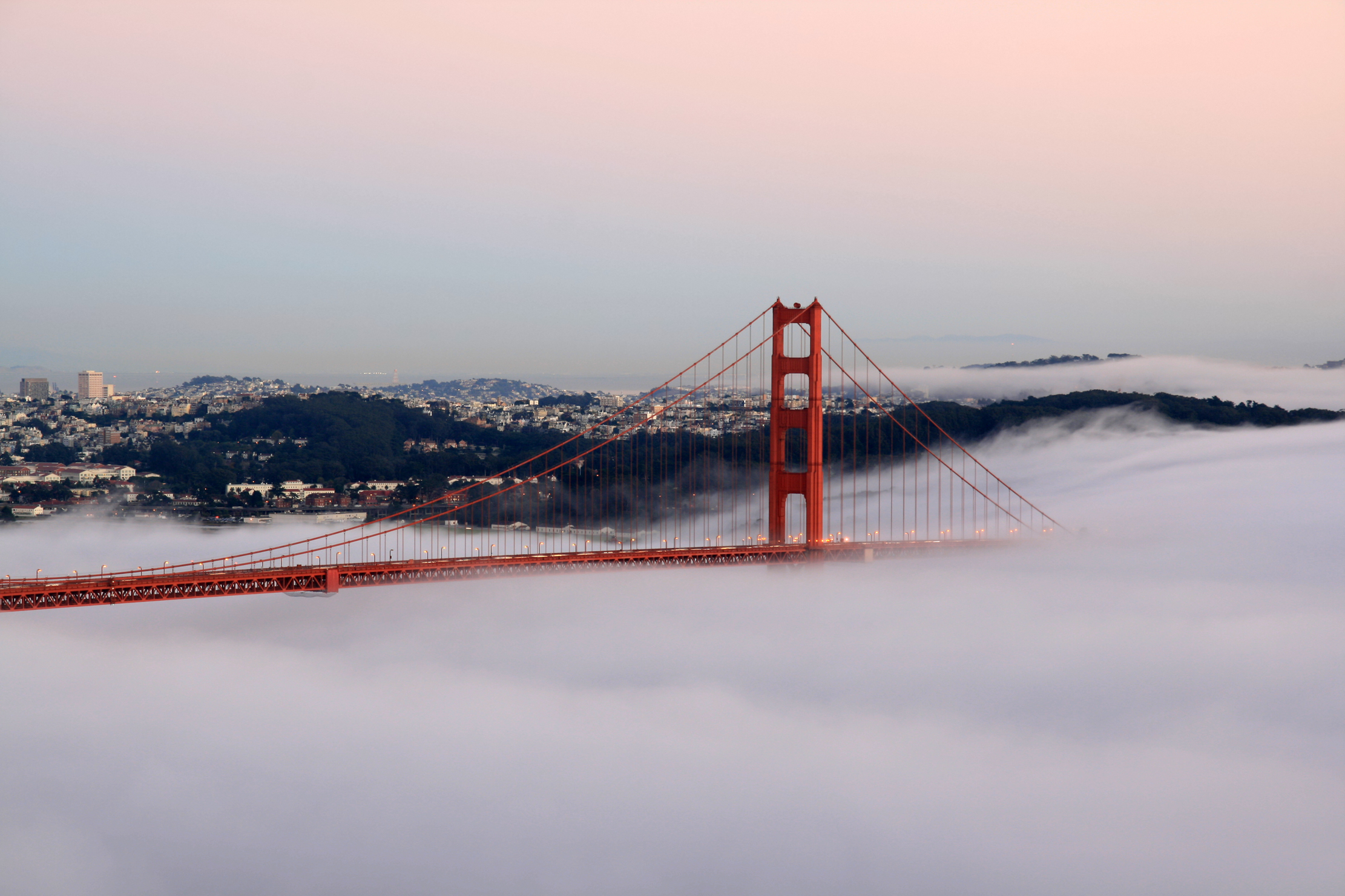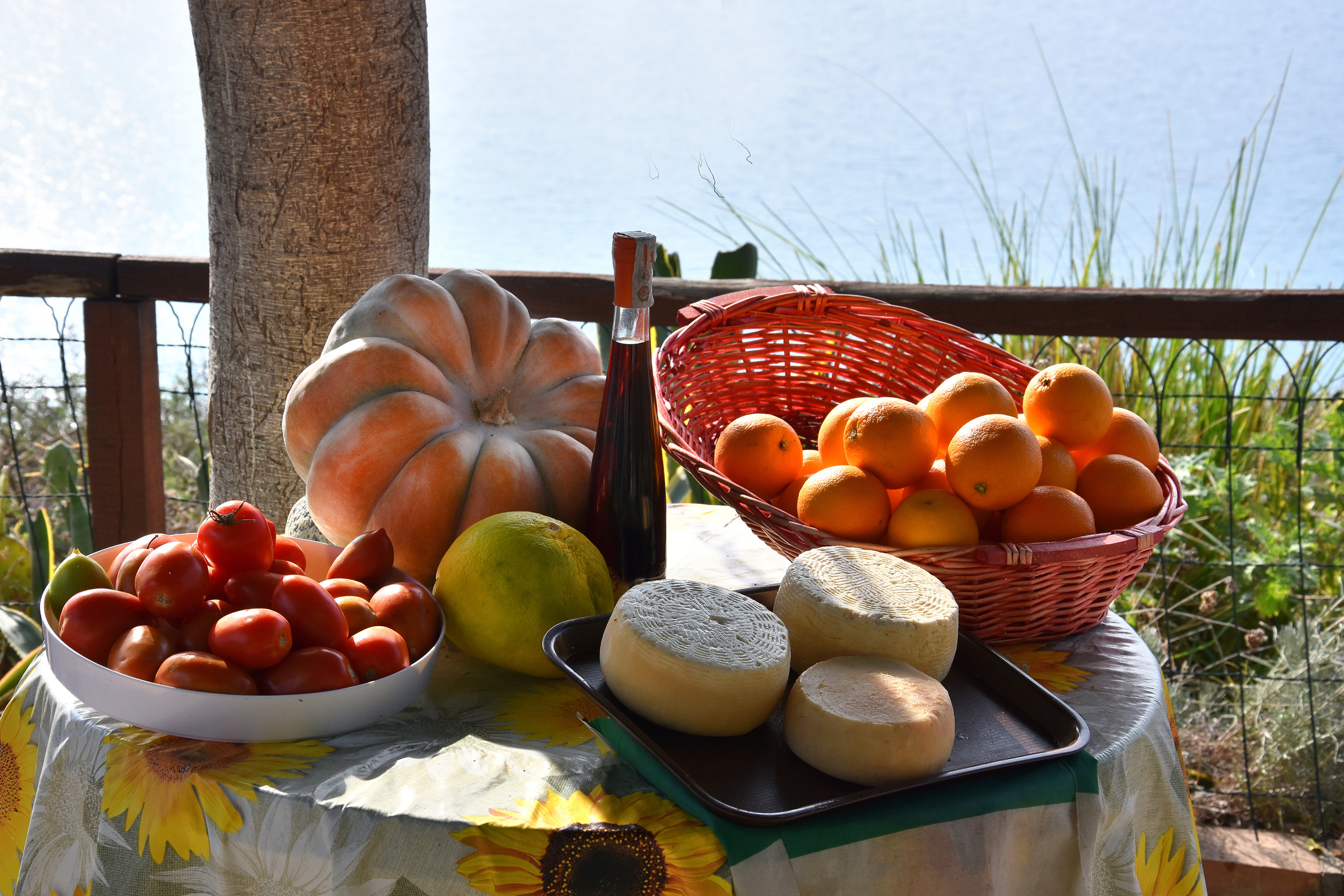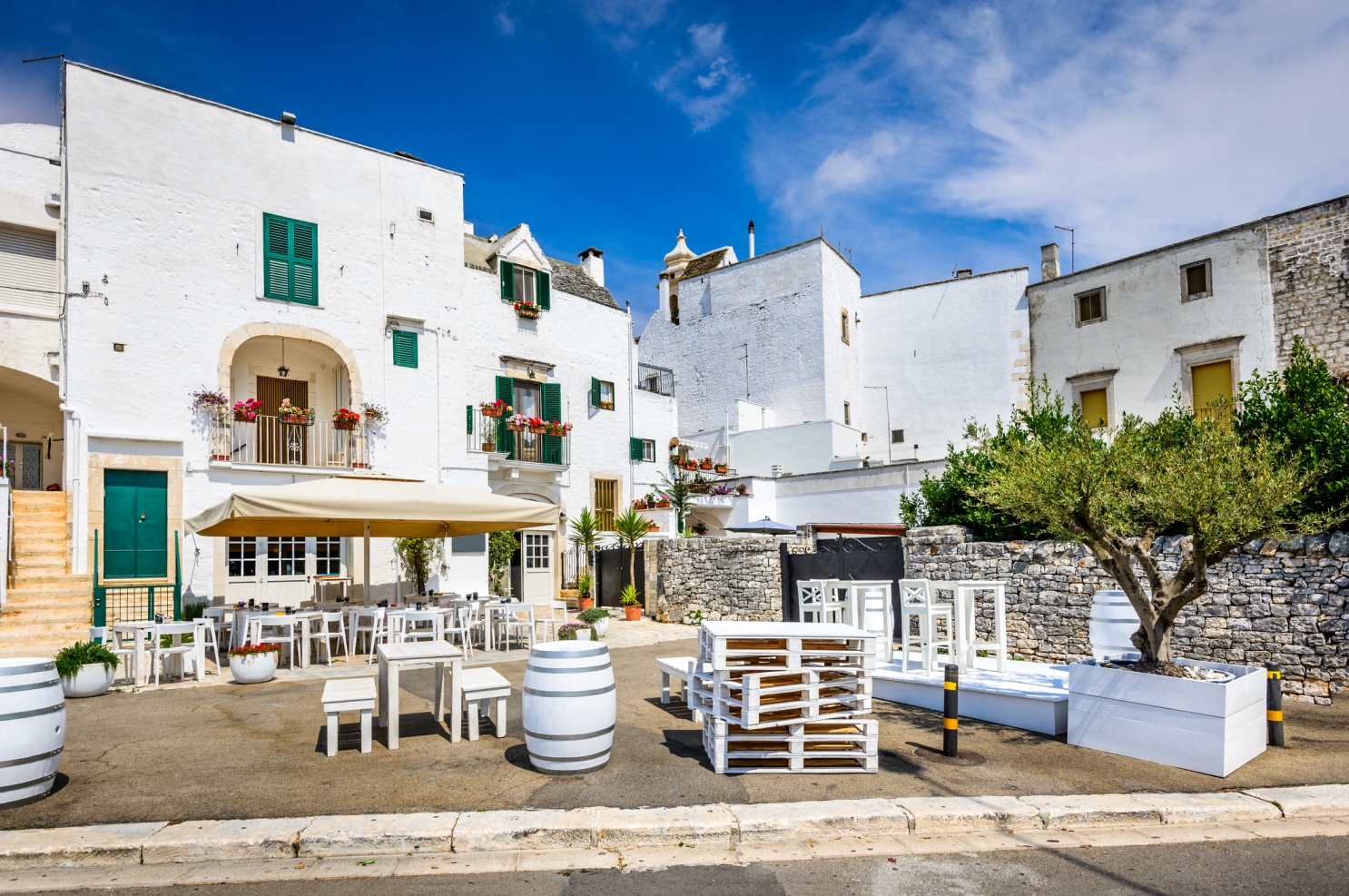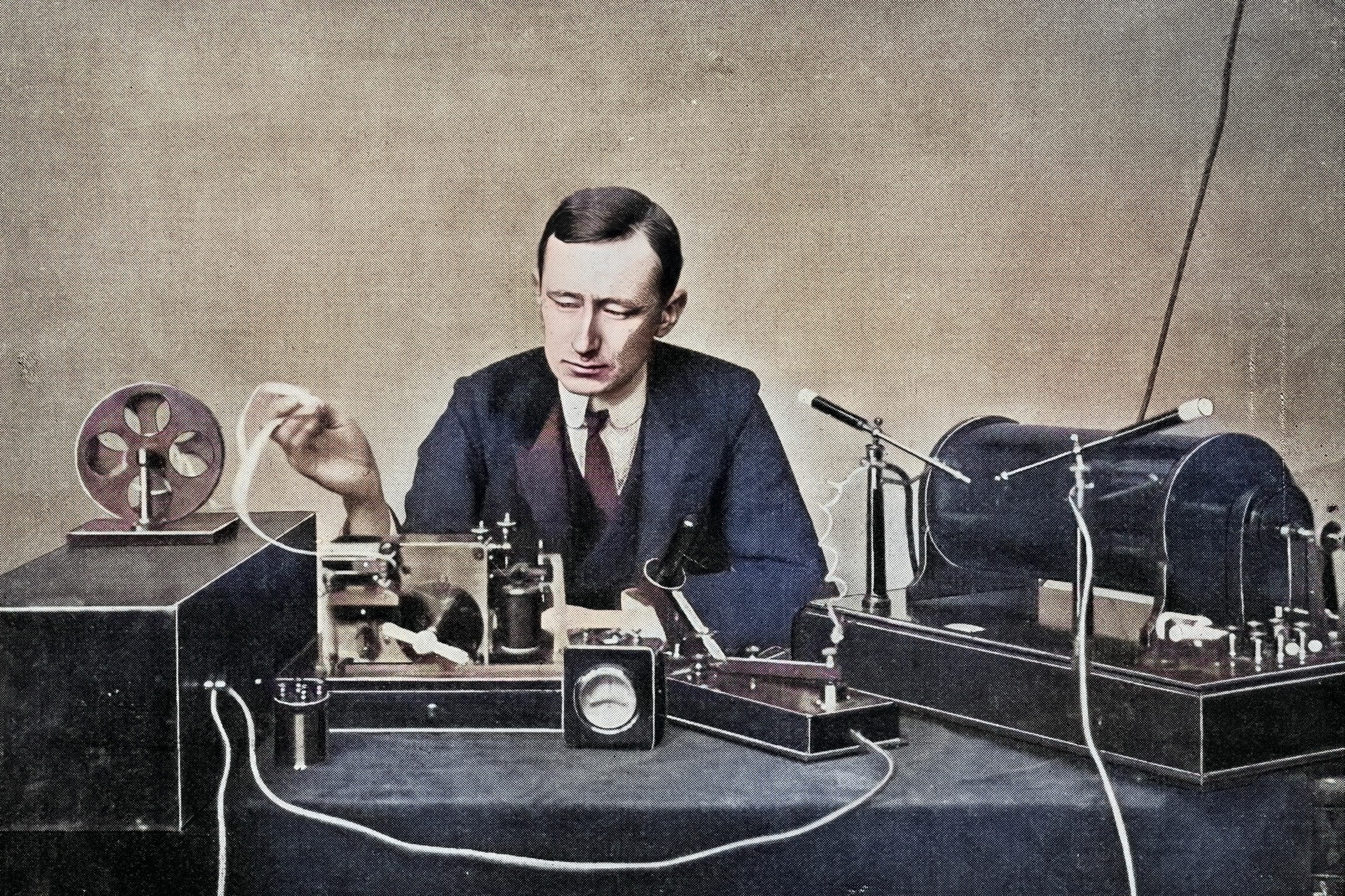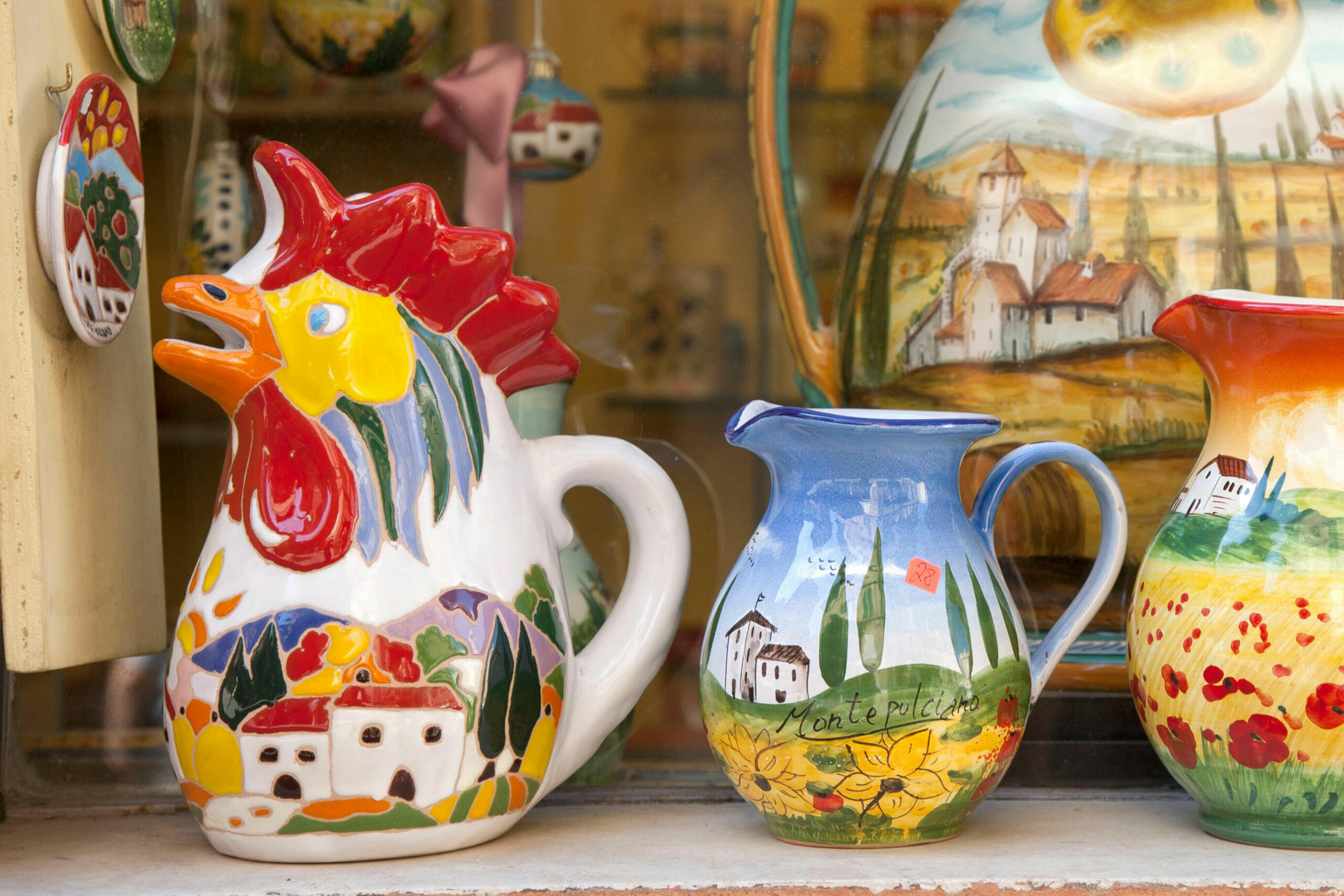On Wednesday, May 7th, a packed auditorium of 500 attendees gathered at San Francisco’s Jewish Community Center to hear beloved journalist, writer and social critic Beppe Severgnini give a lecture entitled, “Italians and Americans: How We See Each Other.”
The event, coordinated by the Business Association Italy America (BAIA), offered a portion of its proceeds to the Adopt-An-Italian-Language Student program, the 2014 initiative sponsored by the Italian Consulate and Italian Cultural Institute, aimed at bringing Italian-language instruction back to California schools. The program gives schools, teachers and students access to critical resources for teaching Italian and participating in the Advanced Placement (AP) curriculum and testing.
BAIA’s Grazia Bennett and Consul General Mauro Battocchi, both of whom imparted genuine excitement at what Battocchi called the author’s “mischievous humor,” introduced Severgnini. Indeed, Severgnini began his speech by outlining some of the more typical stereotypes of both Italians and Americans to the merriment of the crowd, describing them as blinding spotlights that Americans and Italians shine in each other’s eyes.
In America, these spotlights include Hollywood, TV, music, and the White House among others; in Italy, there are the four F’s: food, fashion, family, and Ferrari. In setting the stage for his talk, Severgnini also offered a quick and concise answer to the question of the hour, how do Italians and Americans see each other? “The vision is blurred, and we’re all short-sighted, and the distance is great,” he said.
The bulk of Severgnini’s lecture was built on a foundation called the Four Big C’s: Change, Control, Choreography and Competition, key ways in which Americans and Italians function and interact with each other and society differently.
Control, for instance, was related to the reassurance and comfort Americans find in the exacting research, statistics, and information that are the basis for our news broadcasts and guide consumer decisions like home and car-buying. Italians, by comparison, are less logical and more emotional and intuitive—perhaps this leaves something to be desired in the efficiency department, yet has greater potential for creativity and discovery along the way. Choreography seemed to be the component that drew the most ah-has from the audience, as Severgnini elaborated on the difference between the American fondness for public ceremony—graduations and inaugurations—compared to the private ways of Italians, namely around the dinner table.
One of the best parts for those that came to hear Severgnini speak was the sense that the lecture was off-the-cuff, shaped by the events and meetings of the day. In fact, Severgnini the man is delightfully more meandering in speech than he is on the page.
There was a tour of Twitter, for example, that enabled him to poke fun at the lounges, cafes and rooftop relaxation areas that are synonymous with the start-up culture here in the Bay Area, and led him to wonder where the “meat” of the operation was. (Severgnini has an impressive 526k followers.) La Scuola was also included in the itinerary for San Francisco, which figured into comments on the difference in education systems between Italy and America, where, according to Severgnini, the latter can only offer the quality and curriculum that they do at a steep price compared to what is free in Italy. The visit to La Scuola seemed linked to an impromptu reading that was added to Severgnini’s lecture, framed as a special surprise for the audience.
This was done with the translation assistance of Claudia Volpi, Board Chair, who helped Severgnini share a 100-item list called “100 Reasons Why We Are Happy to be Italian,” read in no particular order or ranking.
The San Francisco crowd served as guinea pig for an op-ed piece Severgnini is printing later this month in a special 20-million edition run of his home-base newspaper, Corriere della Sera. Though the list itself was both funny and touching, ranging from comments on the blueness of the Lombardi sky, to acknowledging political failings, to well-deserved pride in exports like the cappuccino, Fiat, Vespa, etc., in some ways it felt like a private joke that required an Italian passport to fully understand.
Severgnini did not fail in his speech to dig a bit at Southern Italy as well, a penchant that has earned him a certain degree of ire from the troubled region. He is staunch in what he feels is his duty as an Italian, and a journalist, to speak out on the struggles and corruption of the South.
However, he does so more in the tone of a father chastising a favorite child than scorning him—a father who sees the true character, beauty and full potential of that child. “Southern Italy is Italy times two—all the good things, and things that we should sort of work on, eh, put it this way, in Southern Italy are exaggerated. So we are intelligent, intuitive—in Southern Italy we are more intelligent, more intuitive,” he explained.
Severgnini’s most recent book is “Italiani di Domani: Otto Porte sul Futuro” (Italians of the Future: 8 Doors to the Future), which is now available in Italian and will soon be released in English.

